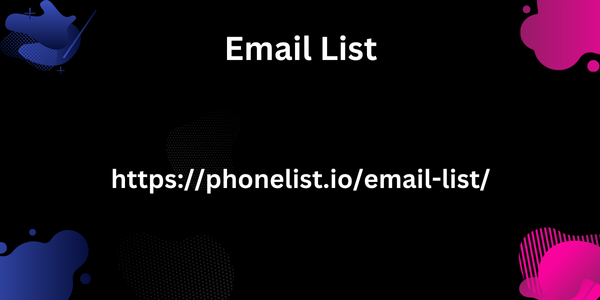Provide training to educators and developers on accessibility best practices. This will help them create resources that are inclusive and meet the needs of all learners.
6. Partnerships with Accessibility Experts
Collaborate with accessibility experts to ensure that phone-based educational resources are designed and developed with accessibility in mind. These experts can provide guidance and support throughout the development process.
7. Accessible Devices and Technology
Promote the use of accessible devices and assistive technologies. This includes smartphones and tablets with built-in accessibility features and external devices such as screen readers and braille displays.
8. Support and Assistance
Provide ongoing support and assistance to learners with disabilities. This may include offering Email List technical assistance, providing accommodations, and facilitating access to assistive technologies.
9. Inclusive Learning Environments
Create inclusive learning environments that promote the participation and success of all learners. This involves fostering a culture of respect, understanding, and acceptance.
Conclusion
By implementing these strategies, we can ensure that phone-based educational resources are Specific Database By Industry leads accessible to learners with disabilities. By creating inclusive and equitable learning environments, we can empower individuals with disabilities to reach their full potential.

